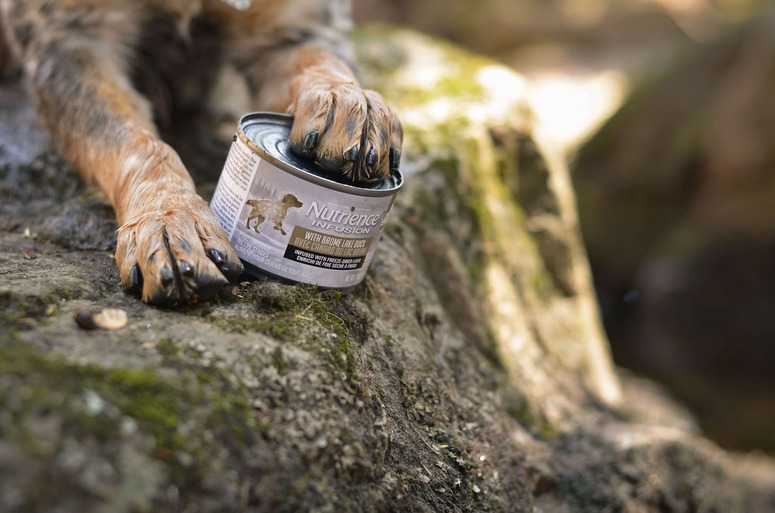
Welcome, pet owners and dog lovers. If you’re reading this, chances are you adore your furry friends and want nothing but the best for them. And what better way to show your love than by ensuring they have a healthy and nourishing diet? But with countless options lining the aisles of pet stores, selecting the right dog food can be overwhelming.
In this comprehensive guide, we will walk you through everything you need to know about choosing the perfect food for your canine companion. So grab a treat (for yourself or your pup – we won’t judge), sit back, and let us help you make informed decisions that will keep your four-legged family member happy and thriving.
Understanding Your Dog’s Unique Needs

Dogs have different nutritional requirements at different stages of life. Puppies, adult dogs, and senior dogs all have specific needs that should be taken into consideration when choosing their food. It’s important to consult with your veterinarian to determine the best diet for your dog based on their age, breed, activity level, and any health conditions they may have. Puppies have high energy needs as they are growing and developing. They require a higher percentage of protein in their diet compared to adult dogs. Adult dogs generally require a diet that is lower in calories unless they are very active. Look for dog food labeled as “complete and balanced for adult maintenance.”
As dogs age, their metabolism slows down, and they may become less active. Senior dogs may benefit from a diet that is lower in calories but still provides adequate protein for maintaining muscle mass. Some breeds may have specific nutritional requirements due to their size or predisposition to certain health conditions. For example, the อเมริกันบูลลี่ breed is prone to hip dysplasia, so a diet with joint-supporting nutrients like glucosamine and chondroitin may be beneficial.
Reading and Deciphering Dog Food Labels
Understanding how to read and interpret dog food labels is crucial for making an informed decision about what food is best for your furry friend. When reading and deciphering dog food labels, you should look out for ingredients, guaranteed analysis, and feeding guidelines.
As with any food label, it’s important to read the entire label and not just rely on the front of the packaging. Armed with the knowledge of how to read dog food labels, you can make a more informed decision about what food is best for your dog’s specific needs.
Considering Dietary Preferences and Restrictions
When choosing the right dog food for your furry friend, it is important to consider their dietary preferences and any restrictions they may have. Some dogs may have certain medical conditions or food allergies that require a specific type of diet. Others may simply have a preference for certain flavors or textures.
Ensuring Quality
 Investing in high-quality dog food is essential for your pet’s health. While premium dog foods may be more expensive, they often contain better ingredients, fewer fillers, and stricter quality control measures. This can lead to better digestibility, higher nutrient absorption, and overall improved health for your dog. Some of the highly-rated dog food brands include Orijen, Acana, Blue Buffalo, and Wellness Core.
Investing in high-quality dog food is essential for your pet’s health. While premium dog foods may be more expensive, they often contain better ingredients, fewer fillers, and stricter quality control measures. This can lead to better digestibility, higher nutrient absorption, and overall improved health for your dog. Some of the highly-rated dog food brands include Orijen, Acana, Blue Buffalo, and Wellness Core.
Choosing the right dog food is a crucial aspect of responsible pet ownership. By understanding your dog’s unique needs, reading and deciphering labels, evaluating nutritional value, considering dietary preferences and restrictions, and investing in quality, you can make an informed choice that promotes your dog’s health and well-being.
